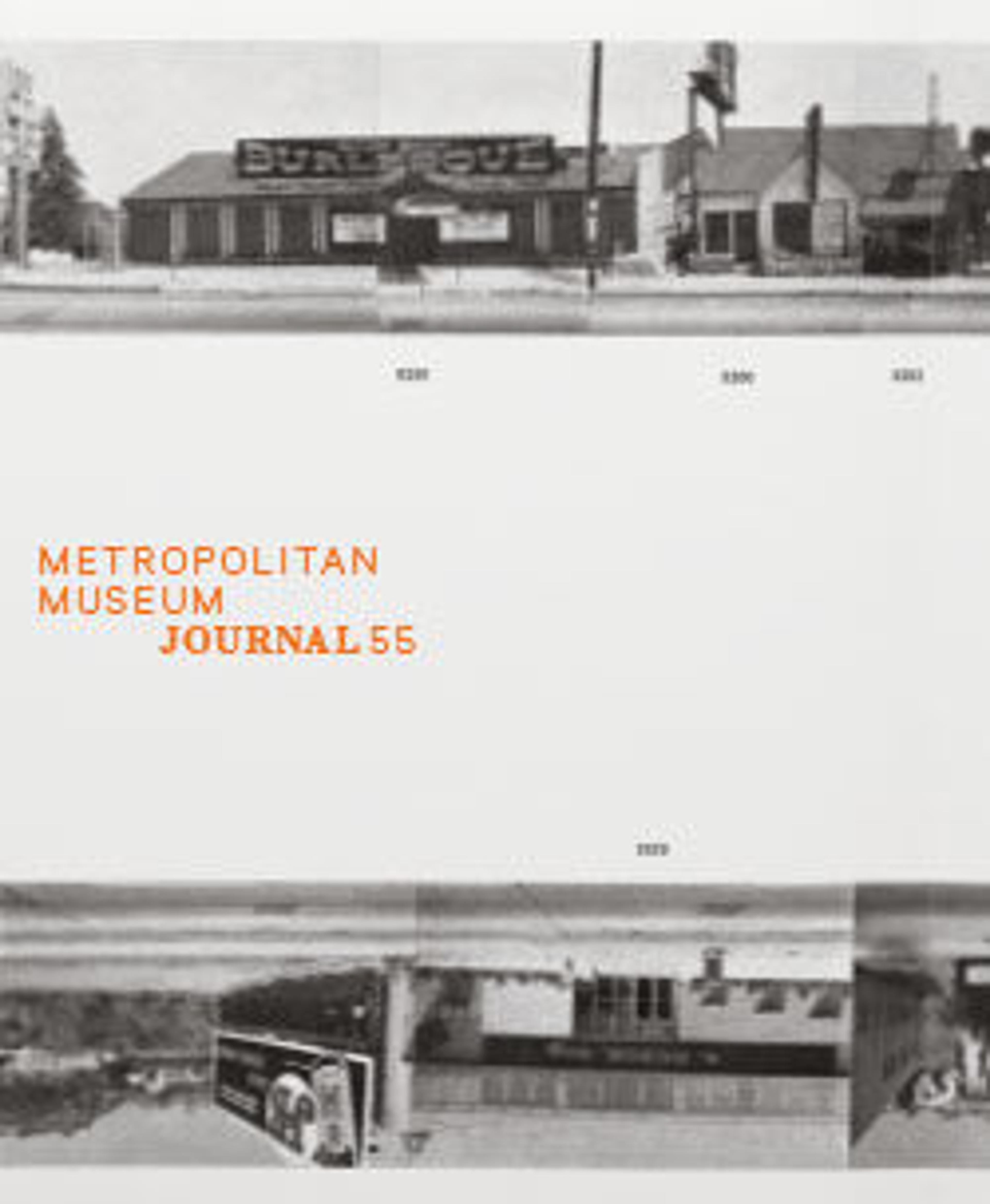Keyed Guitar (Tastengitarre)
This guitar has a shield-shaped body associating it with the early 19th century Austrian school known as Wappengitarre. However the most striking feature of this instrument is the piano mechanism fitted within the body, whereby the strings can be struck with hammers as on a pianoforte, not just plucked with the fingers on the right hand. There are only a few examples of keyed guitars such as this, and this instrument by Sprenger is the latest known example. (Daniel Wheeldon 2017)
Technical description: Originally a six string guitar with a shield shaped body, but converted to a keyed guitar with a cutout on the lower left for six ivory-topped keys; two-piece soundboard (replaced) with rosewood binding and p/r/p/r/p purfling; trapezoidal-shaped opening for hammers to rise through the soundboard and strike the strings in lieu of a soundhole; ebony pin bridge; two--piece maple back; maple ribs; ebonized hardwood neck and head; ebony fingerboard with seventeen brass frets (twelve on the fingerboard, five on the soundboard); friction tuners (Daniel Wheeldon 2017)
Technical description: Originally a six string guitar with a shield shaped body, but converted to a keyed guitar with a cutout on the lower left for six ivory-topped keys; two-piece soundboard (replaced) with rosewood binding and p/r/p/r/p purfling; trapezoidal-shaped opening for hammers to rise through the soundboard and strike the strings in lieu of a soundhole; ebony pin bridge; two--piece maple back; maple ribs; ebonized hardwood neck and head; ebony fingerboard with seventeen brass frets (twelve on the fingerboard, five on the soundboard); friction tuners (Daniel Wheeldon 2017)
Artwork Details
- Title: Keyed Guitar (Tastengitarre)
- Maker: Matteo (Mathias) Sprenger (German)
- Maker: Franz Fiala (German, ca. 1800–1900)
- Date: 1843
- Geography: Karlsruhe, Germany
- Culture: German
- Medium: Ebony, metal, strings, varnish,
- Dimensions: Total length: 946 mm
- Classification: Chordophone-Lute-plucked-fretted
- Credit Line: The Crosby Brown Collection of Musical Instruments, 1889
- Object Number: 89.4.3145
- Curatorial Department: Musical Instruments
More Artwork
Research Resources
The Met provides unparalleled resources for research and welcomes an international community of students and scholars. The Met's Open Access API is where creators and researchers can connect to the The Met collection. Open Access data and public domain images are available for unrestricted commercial and noncommercial use without permission or fee.
To request images under copyright and other restrictions, please use this Image Request form.
Feedback
We continue to research and examine historical and cultural context for objects in The Met collection. If you have comments or questions about this object record, please complete and submit this form. The Museum looks forward to receiving your comments.
